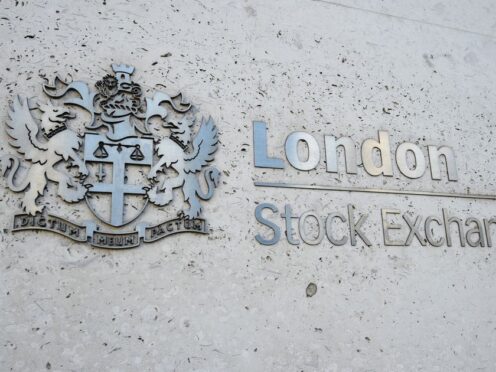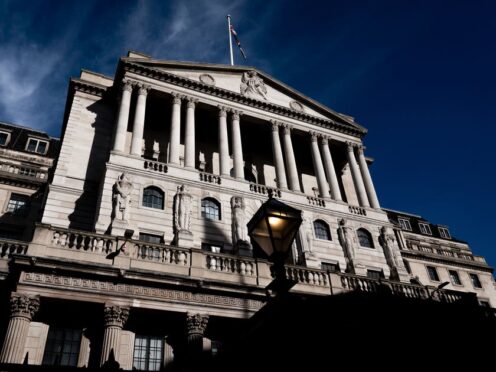The word on many investors’ lips is market volatility. We’re living in uncertain times which make investment markets volatile and, consequently, share prices are likely to jump around more frequently.
-
Some Press and Journal online content is funded by outside parties. The revenue from this helps to sustain our independent news gathering. You will always know if you are reading paid-for material as it will be clearly labelled as “Partnership” on the site and on social media channels.
This can take two different forms.
“Presented by”
This means the content has been paid for and produced by the named advertiser.
“In partnership with”
This means the content has been paid for and approved by the named advertiser but written and edited by our own commercial content team.
Ian Campbell, director and chartered financial planner at AAB Wealth, explains what to do when faced with volatility…
The VIX, sometimes referred to as Wall Street’s ‘fear gauge’, has moved higher since the start of the year – an indication that more volatility is creeping in. Meanwhile, CNN’s Fear & Greed Index, looking at the emotions driving investors, has its setting turned to ‘extreme fear’.
When looking at a long-term investment plan, like setting money aside for retirement, volatility is a fact of life. The best course of action is to stick to the plan and remain patient.
Spread your risk
In periods of uncertainty, you need to make sure your wealth strategy is diverse to see you safely through any environment. That means faring well in the boom periods, but also holding their own during recessions.
One of the recent themes we’ve seen is big falls in share prices for some of the ‘darlings’ of the lockdown era. These were companies that benefited from more people staying indoors, shopping online and working from home.
Zoom, for example, was so popular at peak pandemic that it’s now become the preferred term for video calling. Its share price rose more than 700 per cent at its highest point. Now though it has sunk back to pre-Covid levels.
Strategies that relied heavily on capturing the zeitgeist – holding too many technology stocks, for example – will have seen bigger falls than others that avoided a particular bias.
Focus on the evidence
Social media hype led to investor frenzy and a huge share price rise for video game retailer GameStop. But a share fall followed.
How many times have we seen a company’s stock surge as investors pile in, only to find that reality doesn’t match expectations?
The crucial difference between investing and speculating is evidence. Adopting a more rigorous, evidence-based approach can help protect investors from overreaching – latching onto a stock where the company’s fundamentals don’t match the hype.
It can also stop you discarding a stock that has good prospects because of stock market jitters.
Don’t panic. Make a plan.
It may sound strange, but to a certain extent, the markets don’t matter. Whether your fund is slightly up or down a few percentage points day-to-day isn’t the objective.
The focus should be, if you have the money you need available when you want it, that enables you to pay for your desired lifestyle. Having a plan in place means you’ve got something that you can routinely check in on to see if you’re on track.
When you look back on periods of crisis in the market – like the last financial crash – long-term investors who stayed the distance and didn’t hit the sell button early have tended to be the ones who were rewarded.
Get in touch with AAB Wealth to find out more about our evidence-based approach to finding you the right financial plan. The team can help you find the strategy that suits you best.











